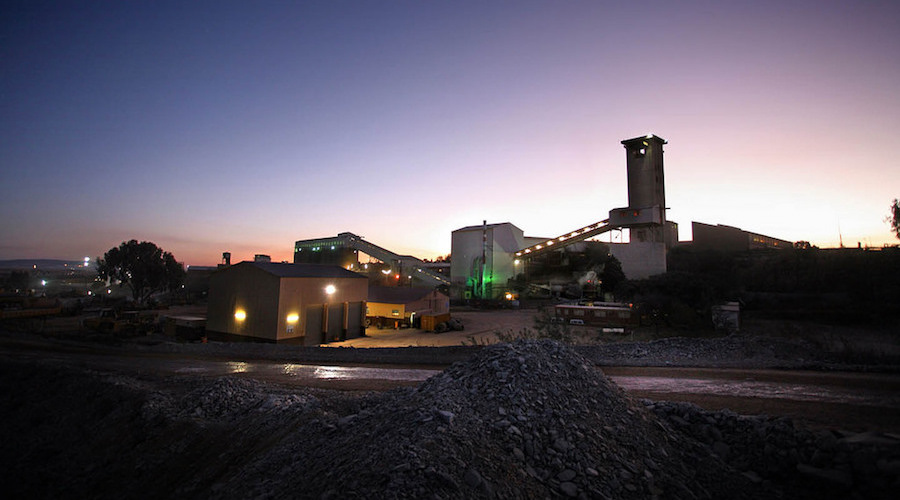
South African platinum producers could use Sibanye Gold Ltd.’s pay settlement with gold miners earlier this year as a benchmark in wage talks with labor unions, according to a person familiar with the matter.
Following a five-month strike that was eventually declared illegal, Sibanye agreed to increase the pay of workers at its three gold mines by 5.5%. Sibanye’s agreement is viewed as a good proxy for what’s possible in the platinum industry as the cost structures are similar to deep-level gold mining, said the person, asking not to be identified because the matter is private.
Anglo American Platinum Ltd., Impala Platinum Holdings Ltd. and Sibanye last week began the first round of wage negotiations with the sector’s biggest labor union, which is demanding an increase of as much as 48%. While some producers have said that such a settlement would lead to job losses and mine closures, the Association of Mineworkers and Construction Union argues it’s justified as higher palladium and rhodium prices boost company earnings.
Sibanye’s agreement is viewed as a good proxy for what’s possible in the platinum industry as the cost structures are similar to deep-level gold mining
AMCU doesn’t see Sibanye’s gold deal as a barometer for platinum workers.
“The settlement in gold was just for gold,” said union Secretary General Jeffrey Mphahlele. “Salaries are too low and we must create a balance, companies must come to the party and assist the people.”
Sibanye’s settlement for gold miners equated to 700 rand ($50) a month in the first year of a three-year deal. In the second and third years, miners will also get a 5.5% increment or an increase that matches the inflation rate, should that be higher. While AMCU was eventually forced to call off its strike, the company was obliged to hold talks with lenders as it came close to breaching bank covenants.
The platinum wage negotiations are complicated by additional requests for higher medical aid and travel expenses, while AMCU has also revived a demand that its members’ pension funds are transferred by the companies to a fund it founded.
“All our demands are important because they address the core issues of living standards for the workers,” Mphahlele said.
In 2014, AMCU led the longest-ever platinum mining strike in the country, costing the sector about $2 billion in revenue. Two years later, the union accepted an increase of 12.5% for the lowest paid workers, after initially demanding a 47% increment.
“While no one can ever discount the risk for strike action, it is our concerted view that our employees remain committed to finding a workable resolution,” said Johan Theron, a spokesman for Implats. “We may differ on the numbers and how we get there, but at the core we essentially want the same outcome, a profitable and sustainable business.”
Producers would prefer an early settlement to end uncertainty and boost morale, said James Wellsted, a spokesman for Sibanye, which became the world’s biggest platinum miner after its takeover of Lonmin Plc.
“That said, we will not accept unaffordable wage demands in the interests of an early settlement,” he said.
Anglo American Platinum said it plans to negotiate in “good faith” and balance wage demands with making sure the company remains viable.
“We are committed to reaching a mutually beneficial settlement as soon as possible,” said Jana Marais, a spokeswoman for the company.
(By Felix Njini)
Comments